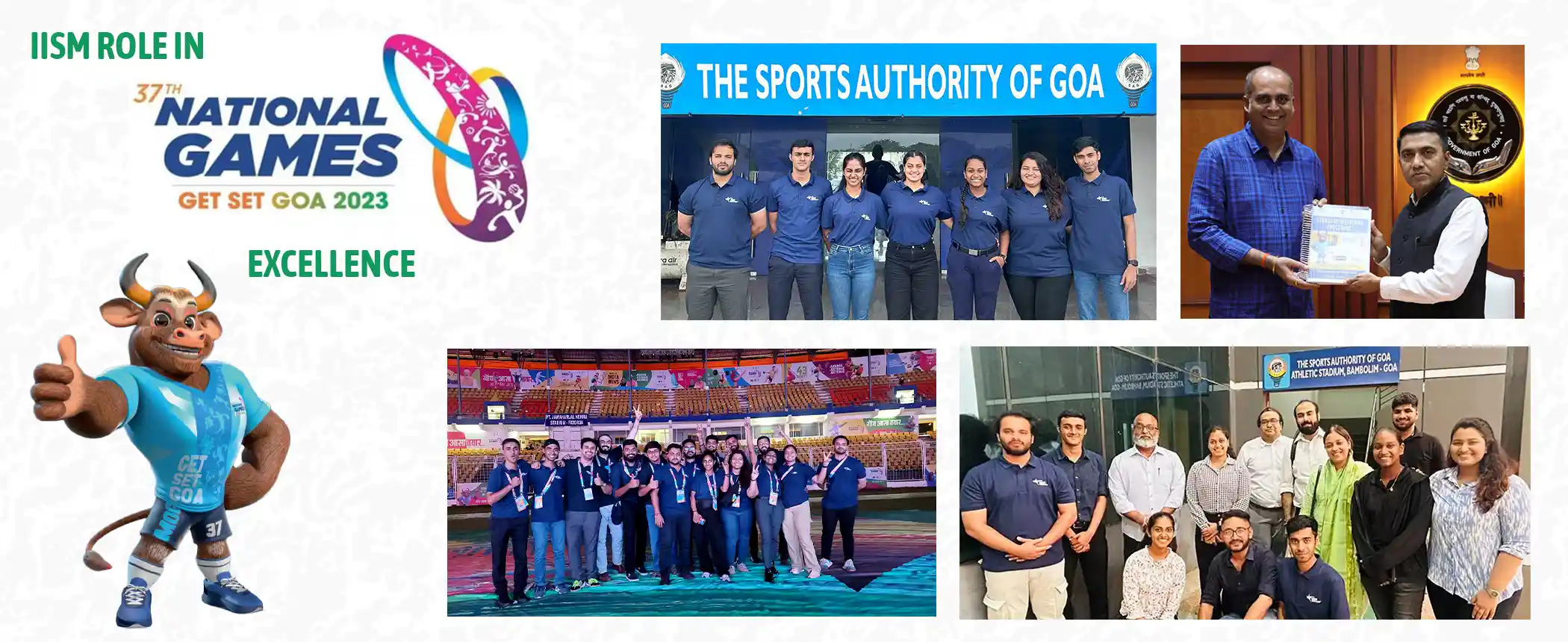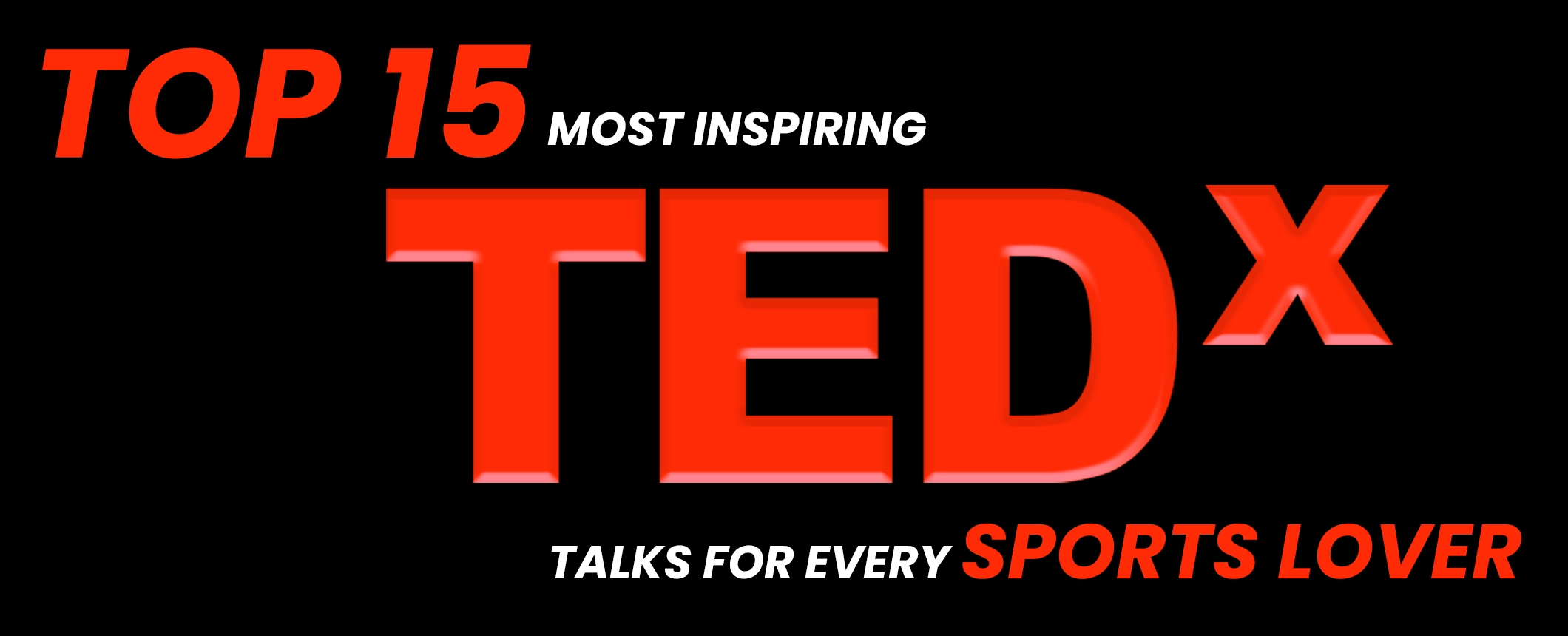Sports Marketing – A Dynamic and Tenacious Fortitude

Marketing as a concept could be used in a variety of ways focusing on the customers and consumers. However, Sports Marketing focuses on encountering requirement of sport customers and consumers which includes people involved in playing sport, watching or listening to sports programmes, buying merchandise (products), collecting mementos.
It also involves people buying sports goods like clothing and shoes or even matter of fact surfing a sport-related website to find out the latest about their favourite team, player or event as well.
At the most core, primary level, initial and first level, sports marketing entwines and grasp a general philosophy or a basic belief about sports marketing.
In fact, it is not just about marketing managers or the marketing compartment of a sport organization that can assume marketing term as an arena for progress, growth and development, instead it’s a marketing philosophy about putting the needs and wants of the customer at the centre of all the decisions.
Similarly, at the second level, sports marketing may be also considered as a process. The process is contemplated as it involves a series of activities and steps. For instance, sports marketing involves research, analysis, planning, development, implementation and evaluation.
Also, at the third level, sports marketing may be encapsulated as set of cardinal principles because it embraces numerous idea and concepts that provide specific guidance to those undertaking sport marketing activities.
Finally, at the most operational and dynamic level, sport marketing principles can be implemented with the support and guidance of tools and technique which are analytical devices and specific activities used in day to day practice.
Sports marketing is the application of marketing concepts to sport products and services and the marketing of non-sport products through an association to sport. Sports marketing therefore has two key features. First, it is the application of general marketing practices to sport-related products and services. Second, it is the marketing of other consumer and industrial products or services through sport.
Like any form of marketing, sport marketing seeks to fulfil the needs and wants of consumers. It achieves this by providing sport services and sport-related products to consumers. However, sport marketing is unlike conventional marketing in that it also has the ability to encourage the consumption of non-sport products and services by association. It is important to understand that sport marketing means the marketing of sport as well as the use of sport as a tool to market other products and services.
In other words, sport marketing involves the marketing of sport and marketing through sport. For example, the marketing of sport products and services directly to sport consumers could include sporting equipment, professional competitions, sport events and local clubs. Other simple examples include team advertising, designing a publicity stunt to promote an athlete, selling season tickets, and developing licensed apparel for sale. In contrast, marketing through sport happens when a non-sport product is marketed through an association to sport. Some examples could include a professional athlete endorsing a breakfast cereal, a corporation sponsoring a sport event.
Thus, the Sport Marketing Framework provides a detailed explanation of the four stages of the sport marketing process comprising of:
1. Identify sport marketing opportunities
2. Develop sport marketing strategy
3. Plan the marketing mix and
4. Implement and control the strategy.
Written by Dr. Rahul Shah
IISM Faculty















